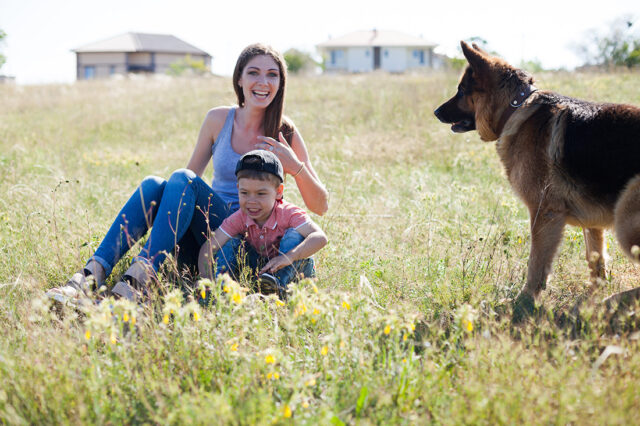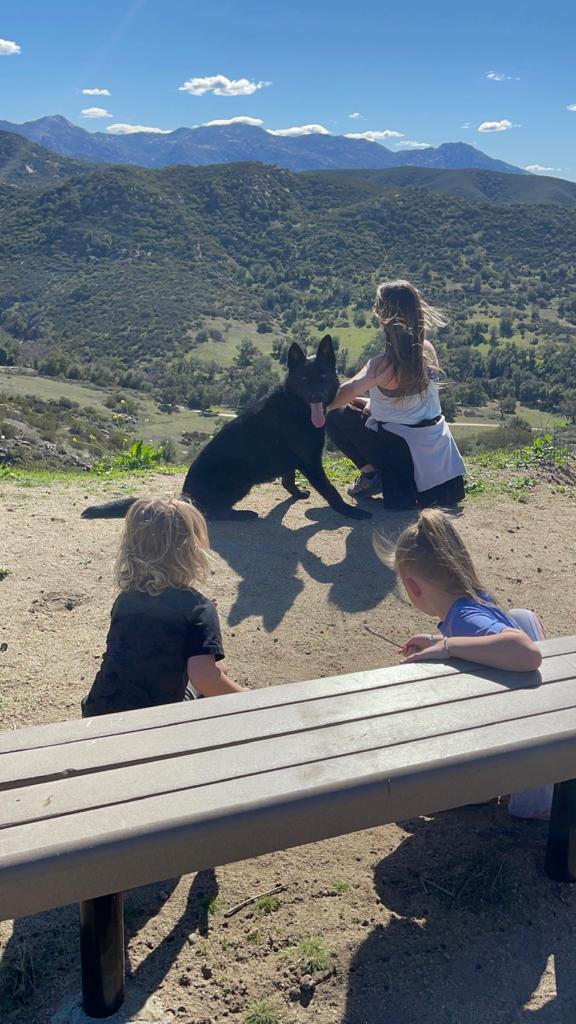Is Your Dog Good With Children? 5 Things to Know
Written on May 20, 2024

As with any new addition to the family, a dog has unique needs and its own personality. Part of being a responsible pet owner is taking the time to learn about this animal and whether it will interact kindly with children. By going through a basic checklist, future and current dog owners can make sure their furry friends create a strong and loving bond with younger members of the family.
1. Instruct Children First
Before encountering any dog, children should know how to act and what to do when they touch or hold a pet. Being open about how to pet dogs and what may make dogs feel irritated and eventually bite is important. Some children could become overly rough when playing without realizing how the interaction is making the animal feel, and how they could potentially react.
Specialty Dog Training family protection dogs are loyal defenders when a threat emerges while also maintaining a caring connection with kids and members of the family. Showing younger children gentle games or how to lovingly interact and play with these companions sets them, and the dog, up for success and a deeper bond.
2. Focus on the Breed
Another important part of choosing a dog that is good with children is selecting a breed with characteristics that are favorable for the family’s lifestyle. Our protection dogs have an affinity for interacting with children while also staying alert for any threats.
Herding breeds and small dogs could have different reactions to playful interactions than other breeds. Smaller dogs in particular may react in an extreme way to sounds or movement around them, leading to tense interactions with children. Talking about the dog’s characteristics and perception of play/engagement with children can help support them through initial interactions and encourage long term success.
3. Notice Signs of Canine Frustration & Body Language
Many children misunderstand social and stress cues a dog is giving to them, which can ultimately lead to dangerous situations. It is important to teach them the signs of comfort and stress cues from the dog, and the ways the dog’s cues depend on our interactions and behaviors. Parents should discuss growling and a dog baring its teeth and what both of those signals mean. Avoidant behavior in dogs can be an example to kids that dogs sometimes need their own space. Having children who know how to properly interact with animals before a pet joins the family allows the adults in the household to pay more attention to the dog’s underlying temperament.

4. Keep Treats Close
Once children know the safety rules and warning signs, it is time to have some fun! Parents can keep some high-value treats close at hand to give the family’s canine companion a treat every time they interact nicely with the children. Reinforcing positive feelings allows your dog to grow more comfortable and teaches children that this new pet is nothing to feel scared of.
If the dog feels nervous at the start, this also makes the dog eventually associate good times with the children in particular. Even dogs that appear standoffish usually warm up to children with the right attention and reinforcement over time.
Specialty Dog Training family and personal protection dogs are raised around children and are social and loving with kids of all ages. Even with balanced temperaments and outstanding obedience training, knowing how to interact with dogs and reading body language is important.
Our bootcamp programs are dedicated to helping your personal dog become more loving, obedient, and ultimately safer members of the family.
5. Create a Meaningful Bond
Dogs are a huge and important addition to the family. Setting up all interactions for success with the children is a crucial step to keeping everyone safe and encouraging their special bond that will last a lifetime.
To learn more about our dogs, contact us at Specialty Dog Training today.
